Three Approaches to Drawing
Artist Melissa Pierce Murray leads a session in which teenagers at AccessArt’s Experimental Drawing Class explore drawings with a collaborative element, drawing from clay and wire models and using electrical tape combined with other media. Melissa says: ‘These three approaches are ways of challenging habitual ways of drawing by expanding the repertoire of marks and approaches.’
This workshop complemented the teenagers’ main making project for the term: Modelling the Head in Clay

During a term when we were focused on creating clay heads (see: Modelling the Head in Clay) , we had a few drawing sessions as an alternative activity for the teens who wanted a break from or had completed their clay heads.
Drawing with Two Hands
This activity can be done in two ways, working with a partner or alone. I suggest you try both!
The idea is to have two hands working on a drawing at the same time, each hand using two contrasting tool or medium. You could for example, choose two types of markers, on thick and one thin, or two different colours, or even contrasting pencil with brush. The two hands will also bring a contrasting style of marks.
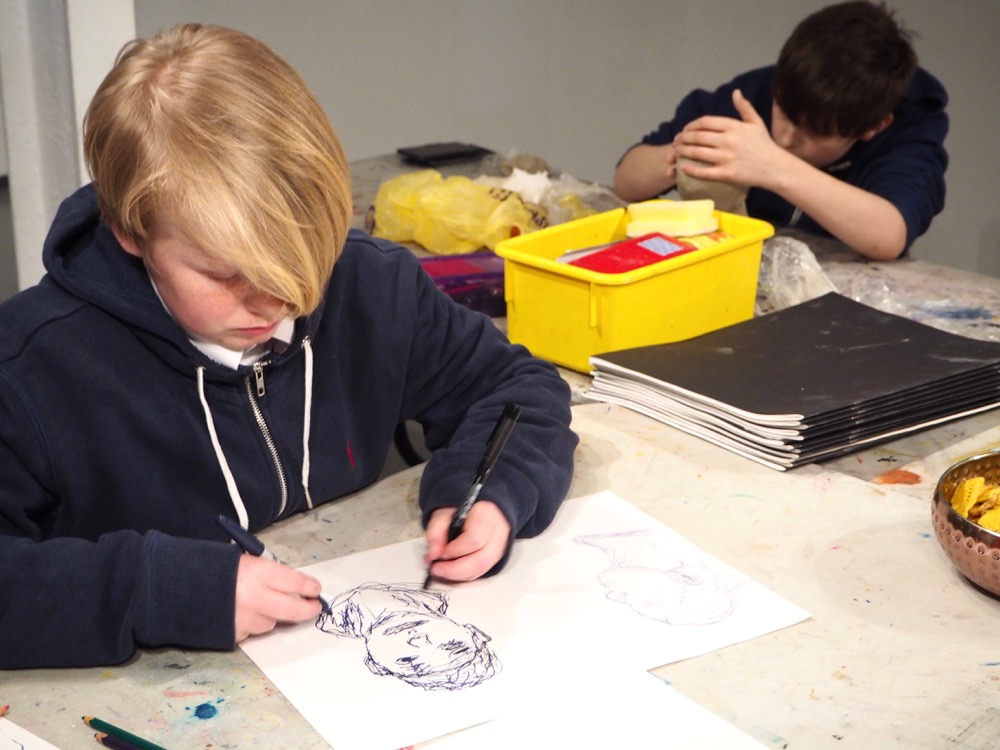
To work with a partner on the same drawing, you might agree at the outset to draw the same thing (e.g. a tree or face, or an object in front of you). Alternatively, you could just both start drawing and see how your ideas influence each other. You could talk as you go along (‘let’s try this…”), or you can try doing this activity without talking to each other. Doing this activity without speaking is a nice way of letting go of control, and of communicating through the drawing. You might start to copy the marks or the other person, or follow their idea. You might highlight or contrast they marks they make, or might be prompted to explore a different idea. Drawing without agreeing about the outcome or intent can be frustrating and confusing or fun and surprising. Either way, it can catalyse new ideas and marks. The aim is to expand the range of approaches – both technical and conceptual- that the artists can bring to their work.
Next try working alone and draw with both hands. You might contrast a thick with a thin marker, a graphite pencil with an ink pen, or use two different colours. As you work, see how your hands relate – do you make confident, bold marks with one hand, and delicate, tentative or shaky with the other? Or do you make lines with one hand and shading with the other? One student discovered a way of using contrasting colours to add shading. Another used a marker to make jagged, dark marks of a branch and smudgy pastels for flowers.
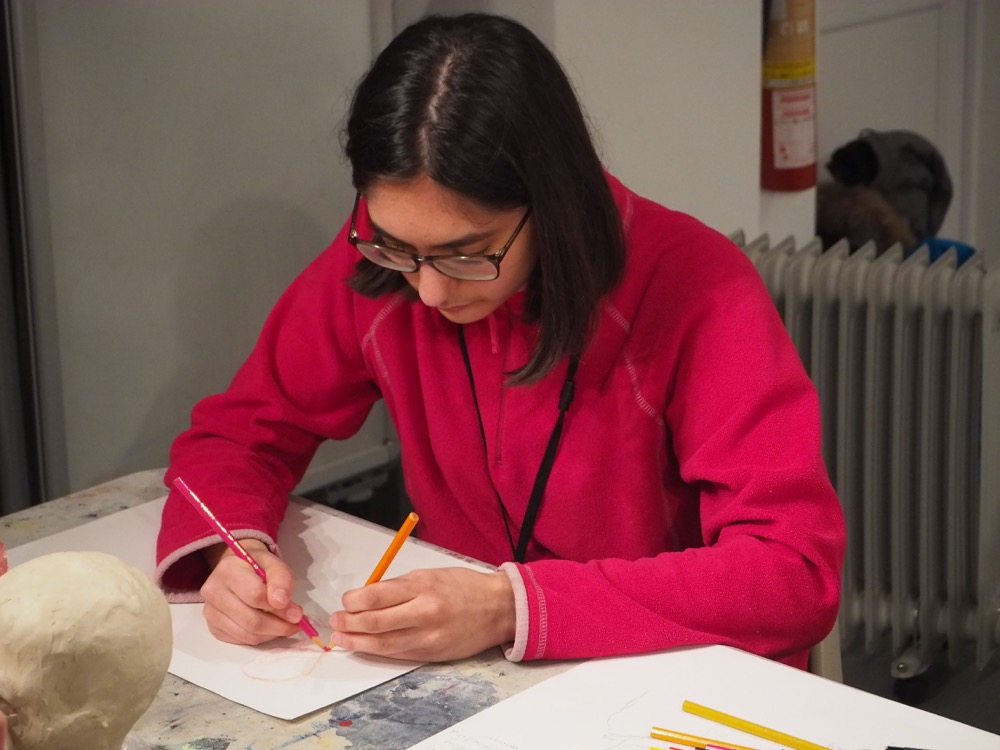
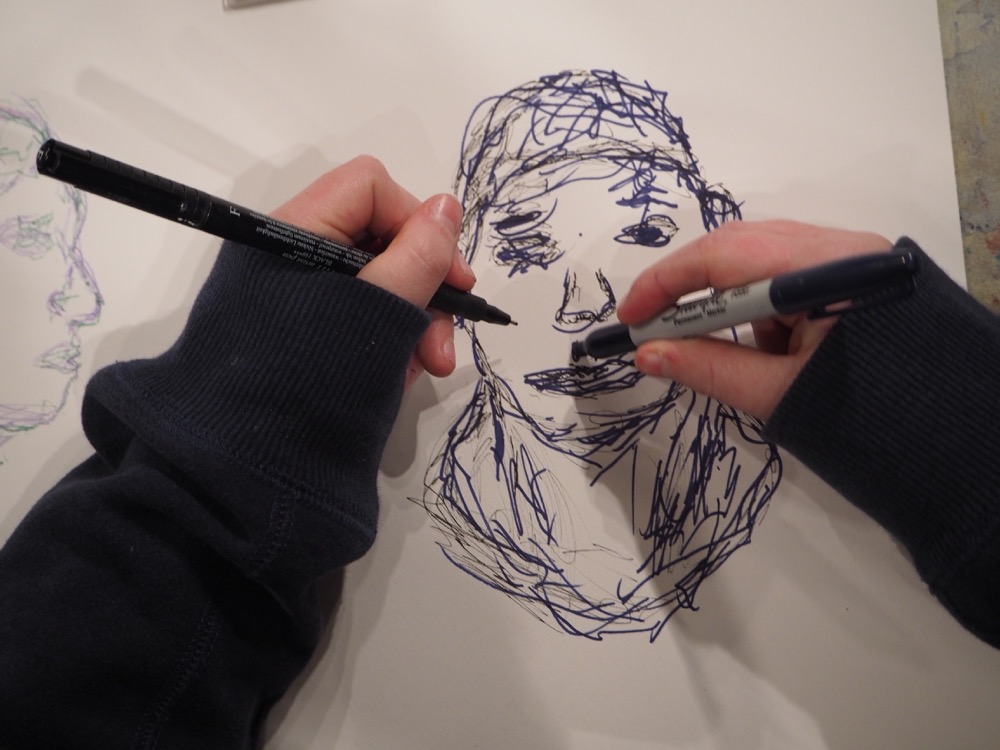
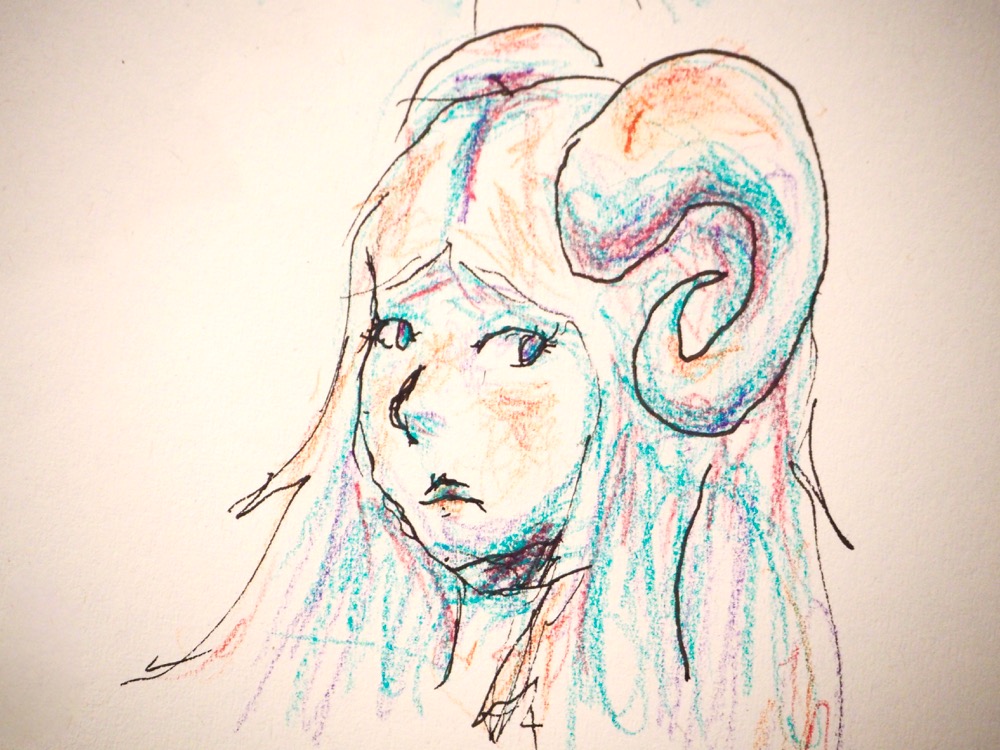
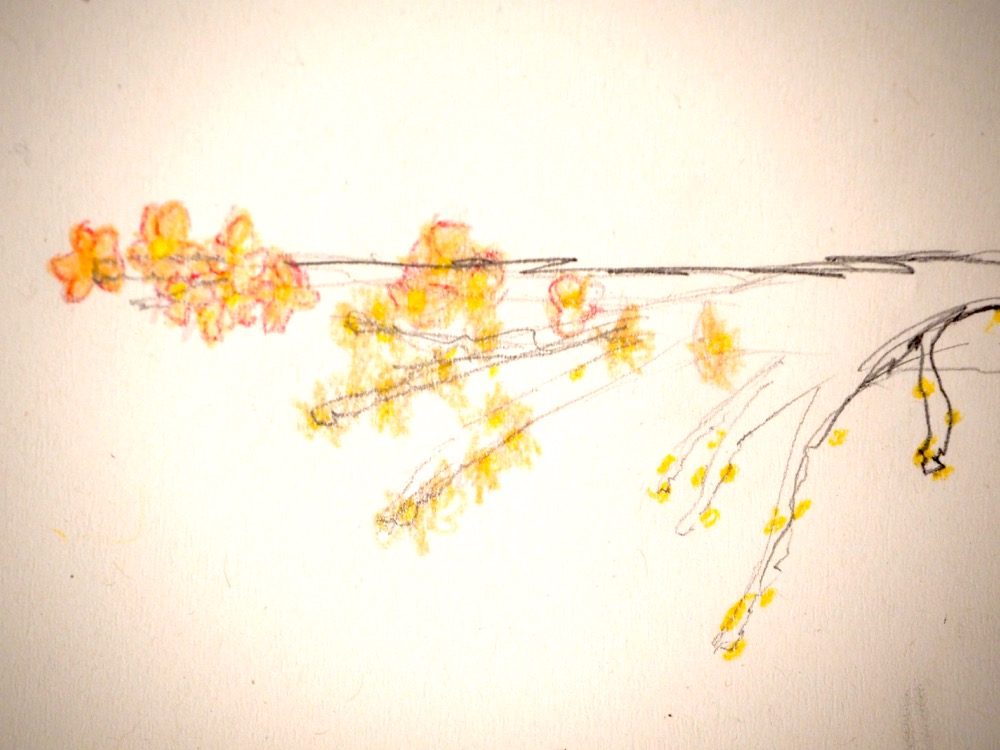
Modelling Drawings
For this class I brought in small human and animal figures which I had modelled with wire. I made these figures by drawing with wire in three dimensions. In this class I asked the students to build up their drawings by using line as if they were modelling in wire or clay.
Trying to represent the complex forms and textures of the wire inspired fresh approaches to form and mark making. Students found way of representing tangled wire or related techniques of drawing from wire forms with the study of the clay heads.
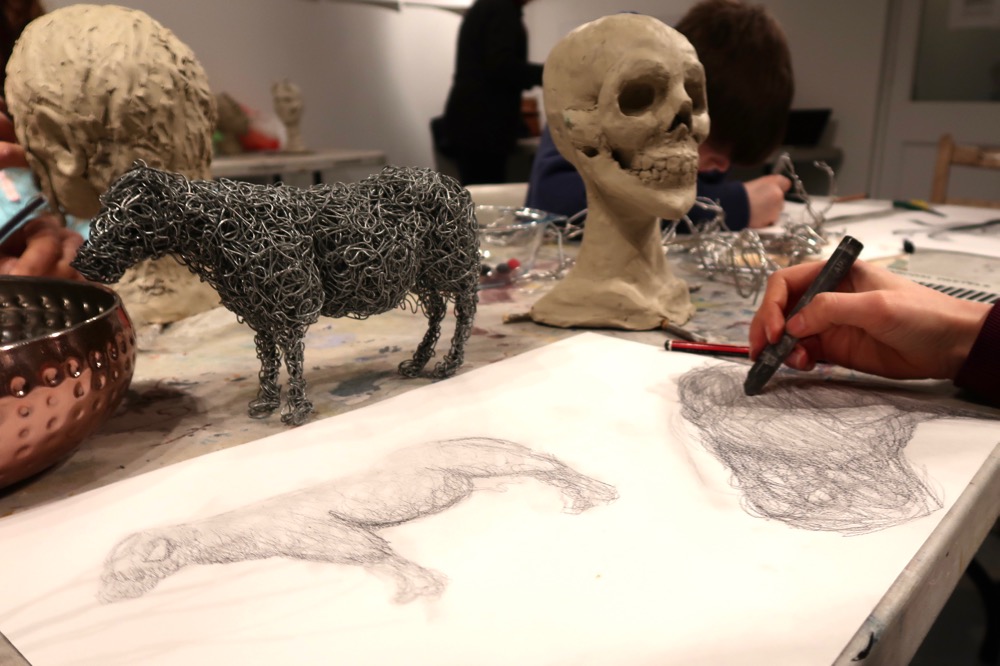
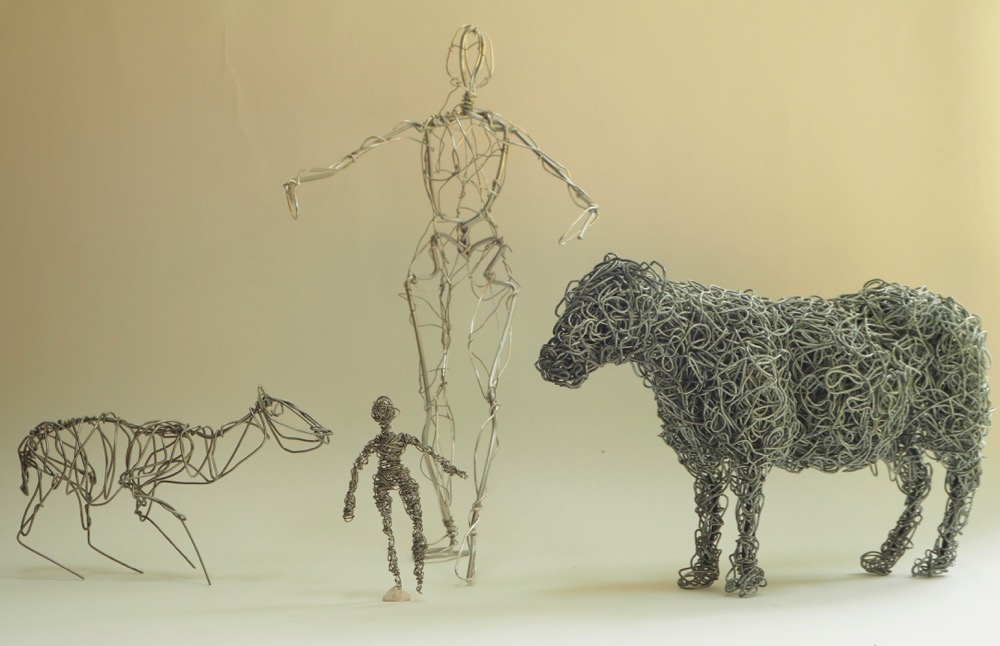

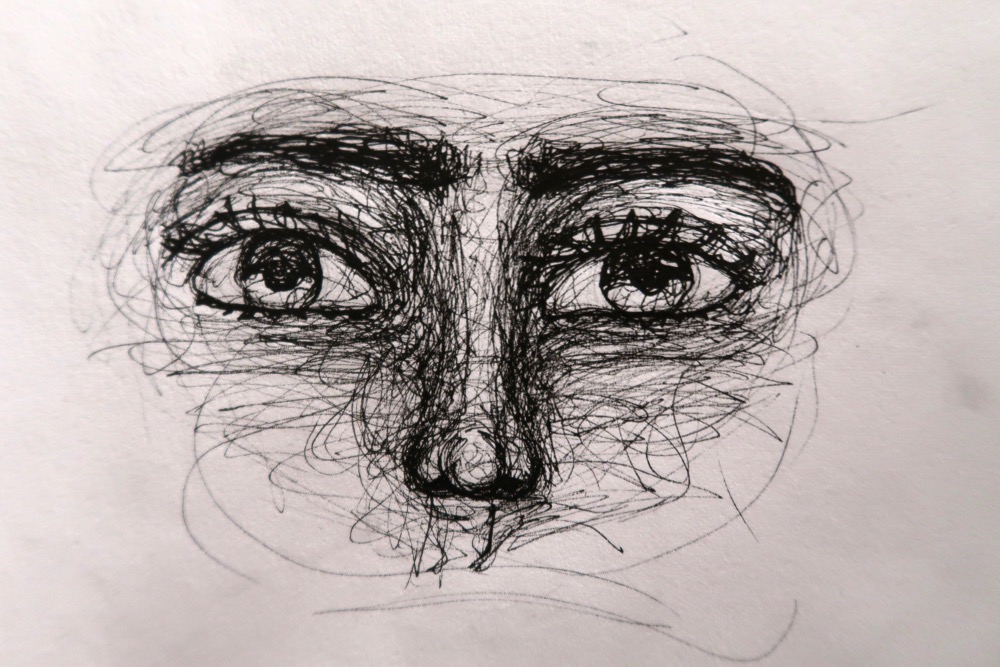
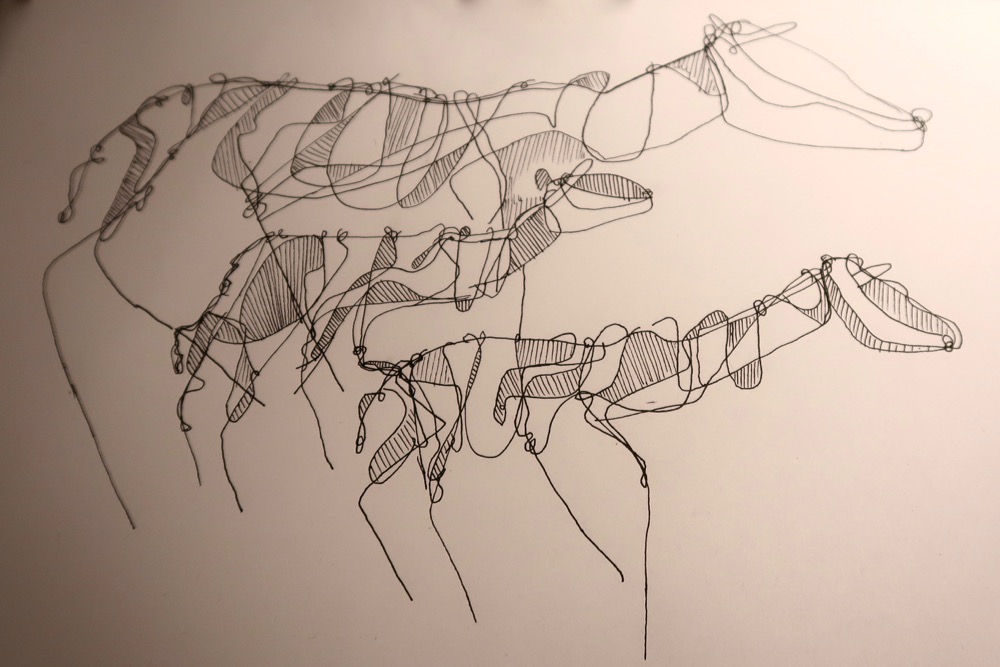

Drawing with Tape
In this class we used black electrical tape. I like the flat, bold graphic quality of line of the tape, how you can cut it into strips and curve the line around as you stick it to the paper. The black plastic tape can be easily cut, shaped and stretched, and is a quick way of making large drawings. You can develop the drawing by adding other media – graphite or coloured lines or tones, contrasting the bold black lines of tape with delicate thin lines of pencil. Another technique is to stick down the tape, add colour or shade, then remove the tape to create negative space.
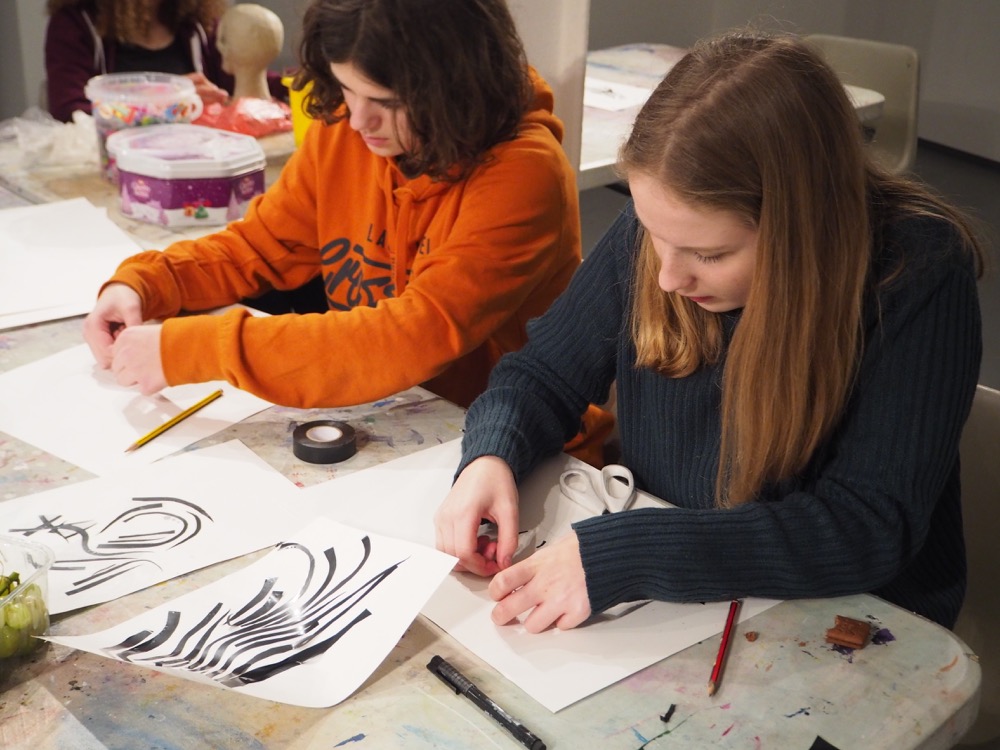
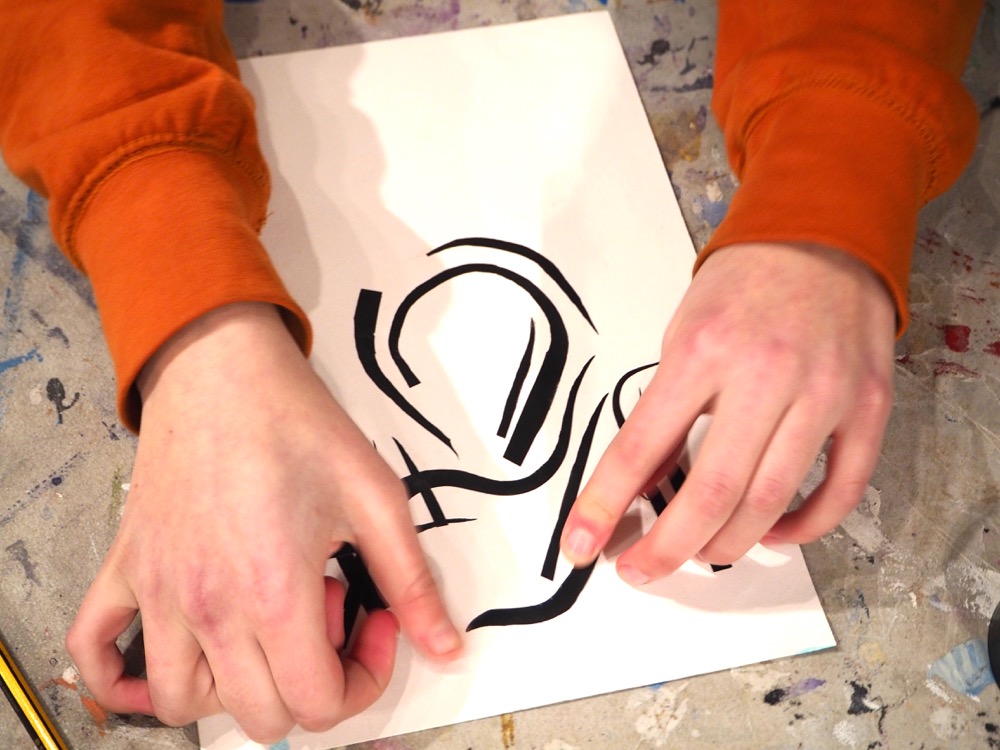
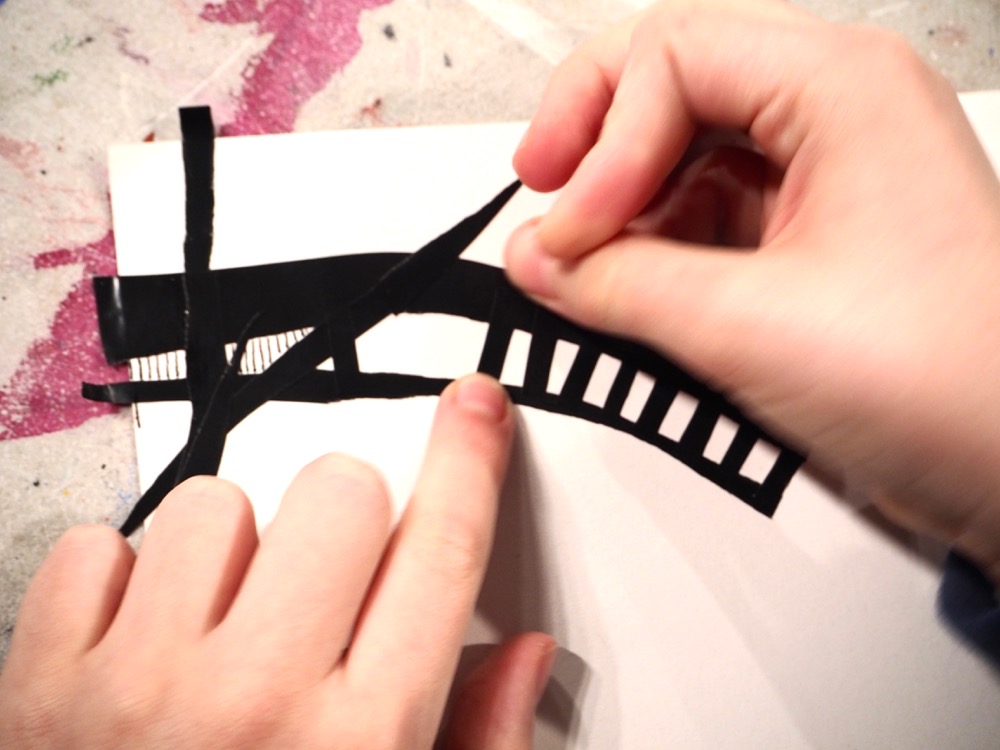
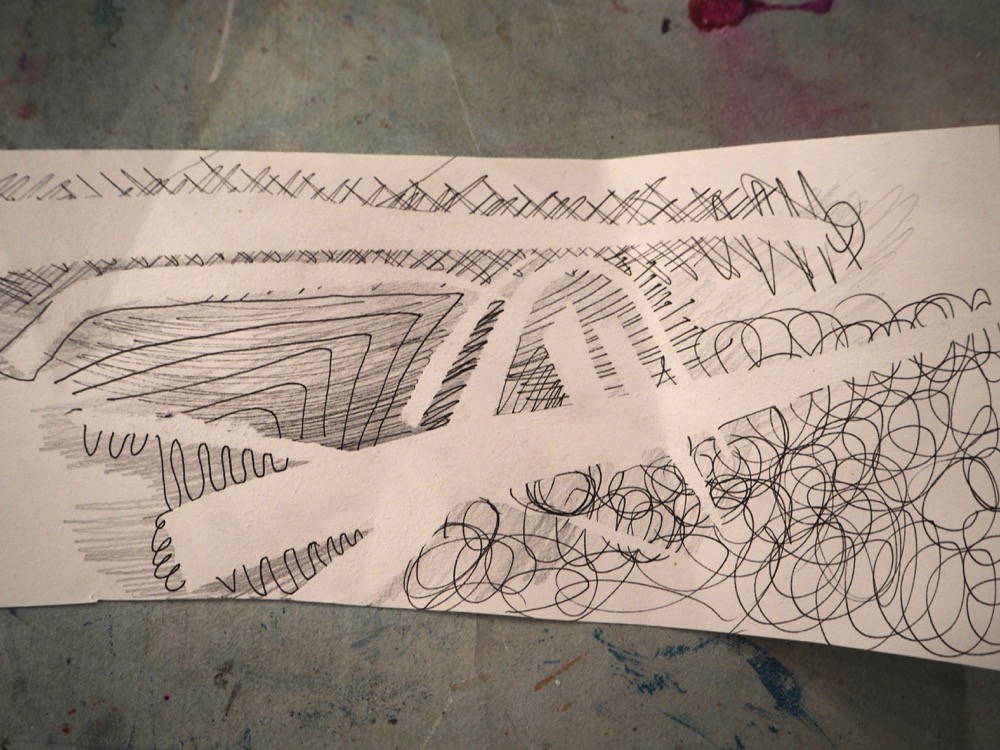
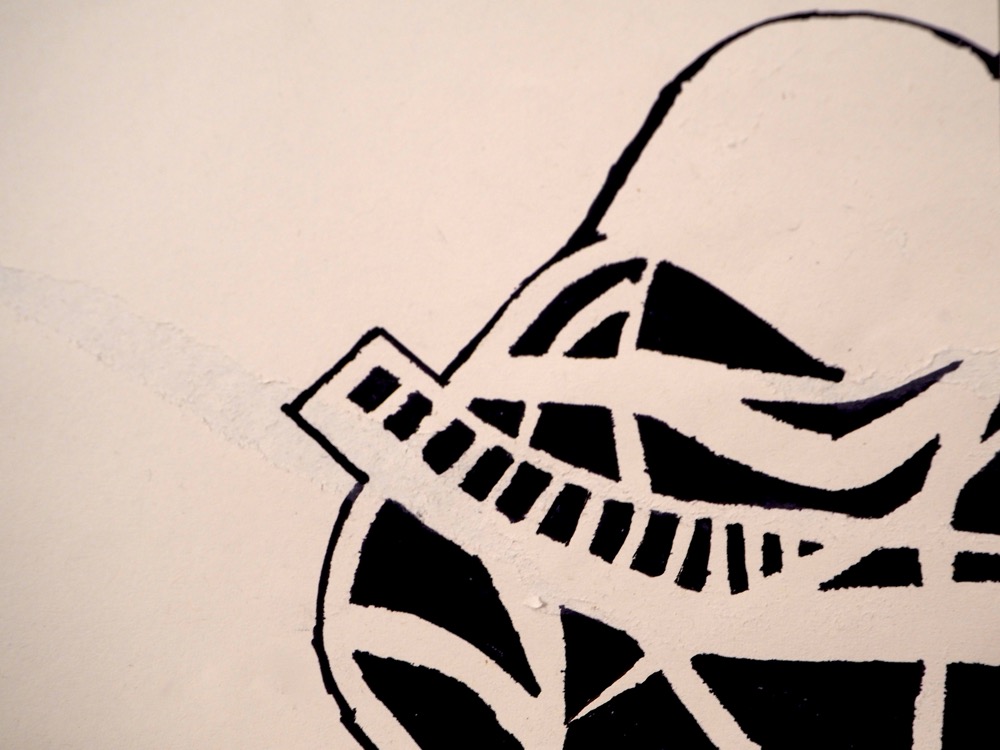
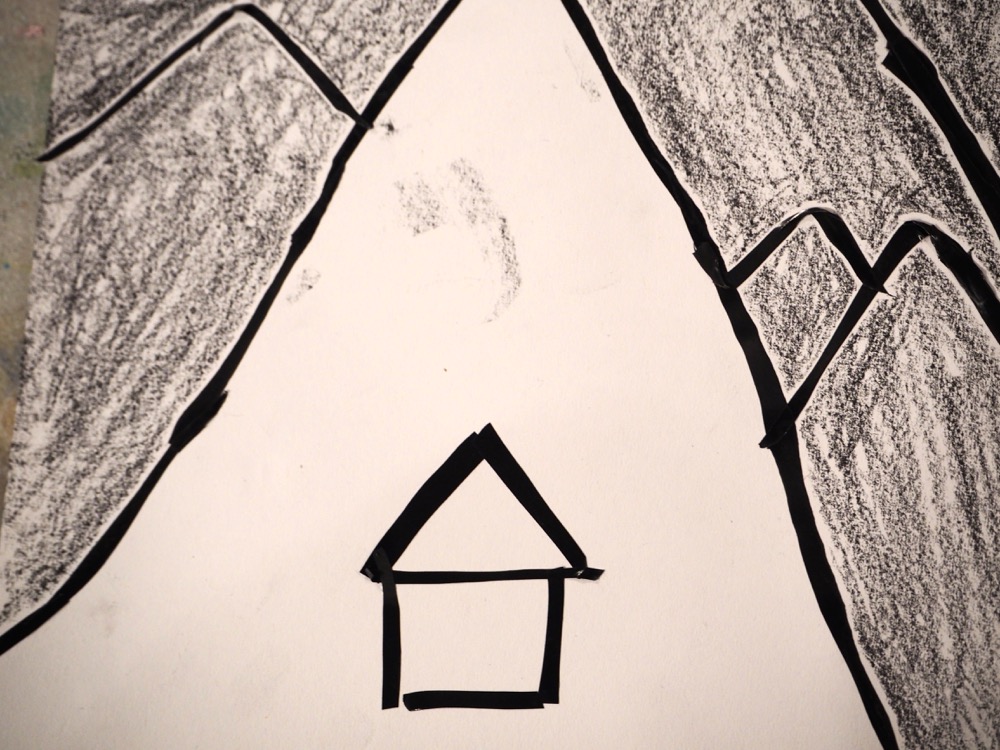
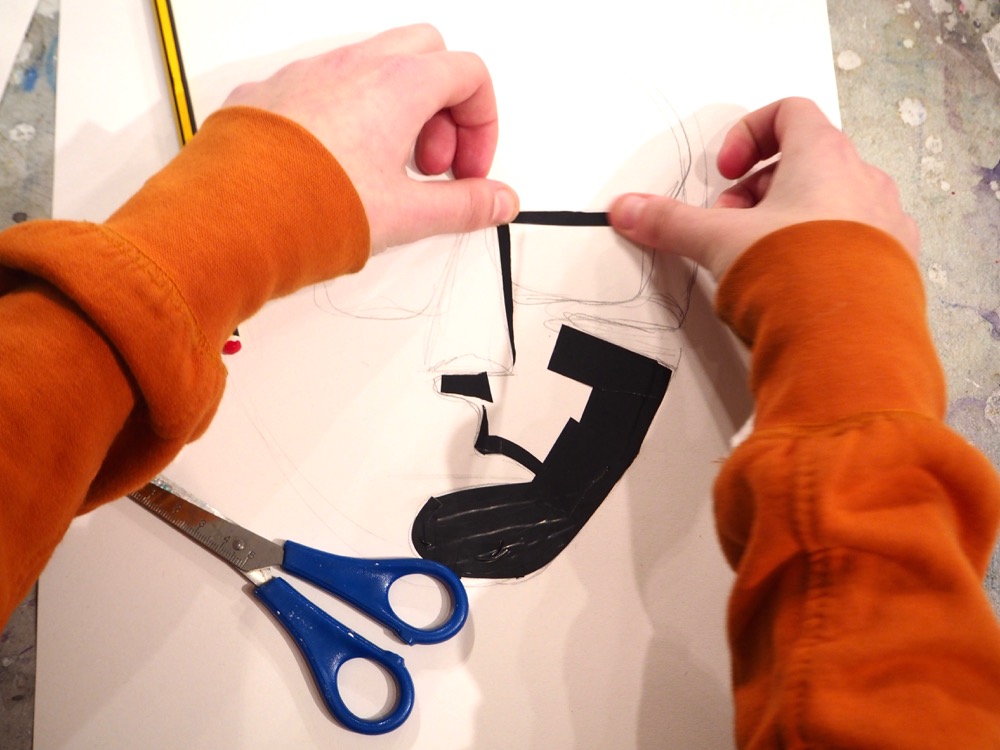
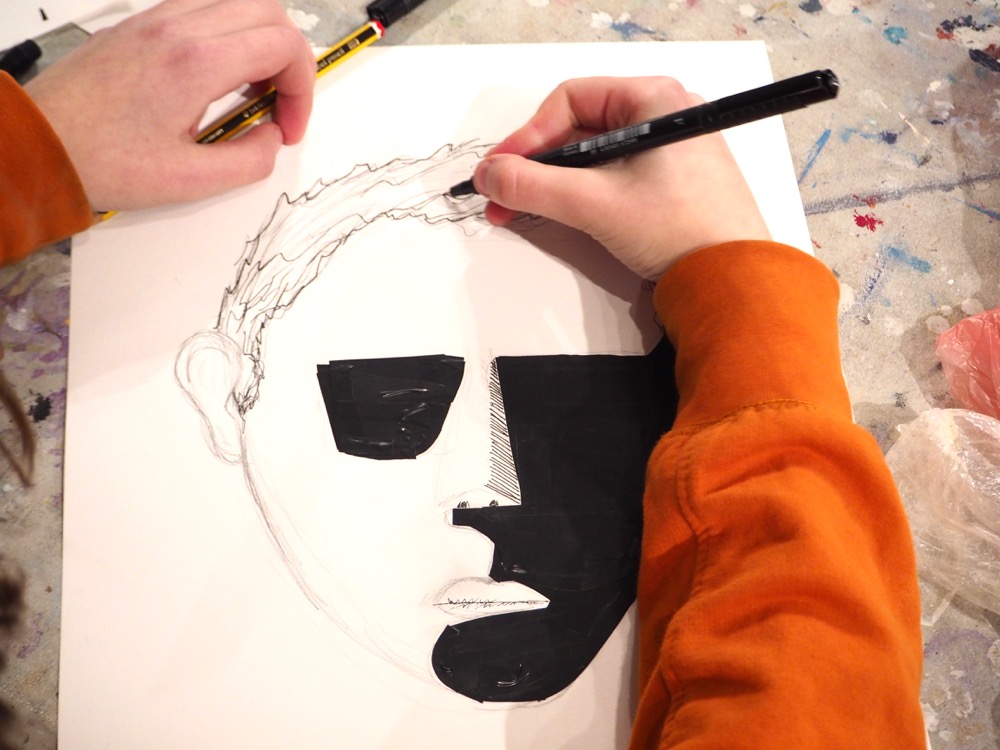
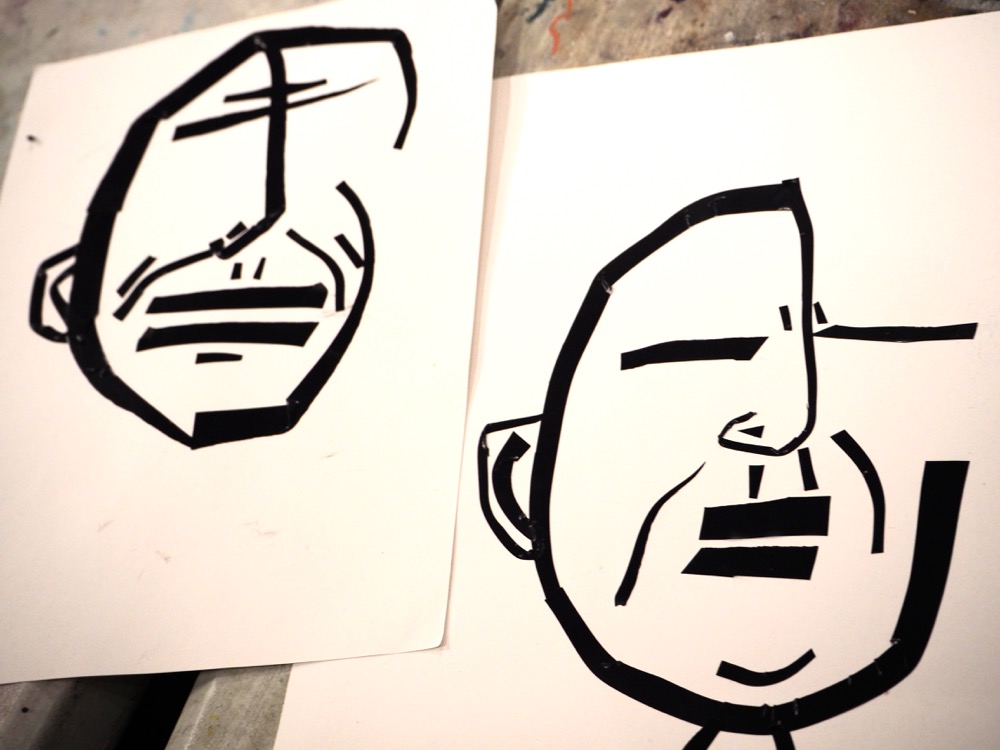
Adding Tone
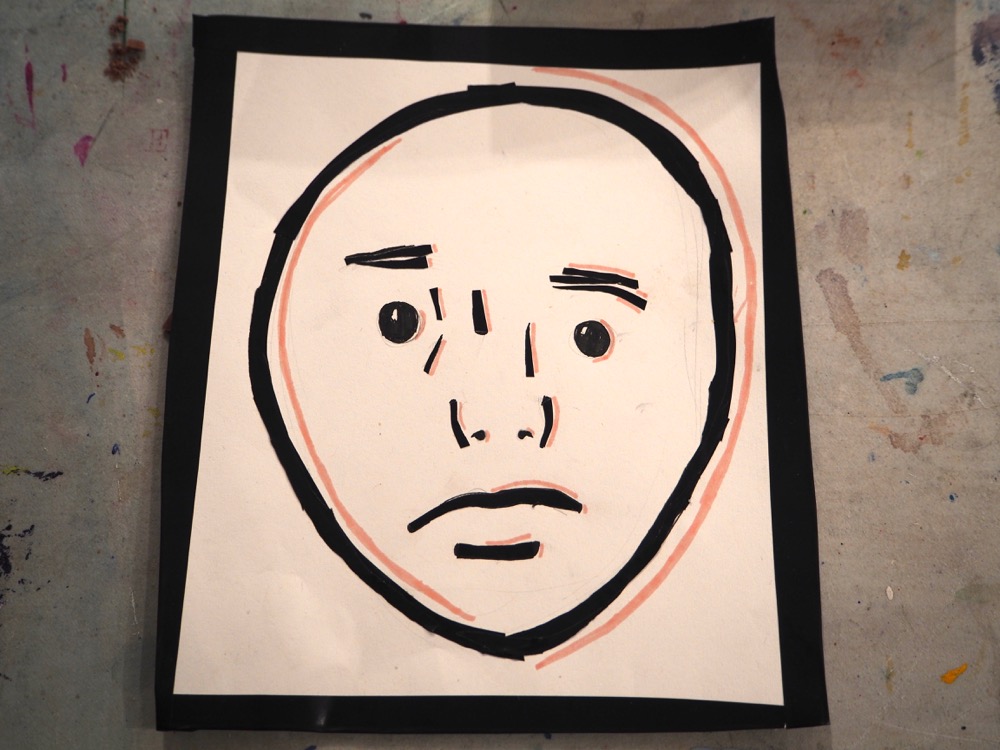

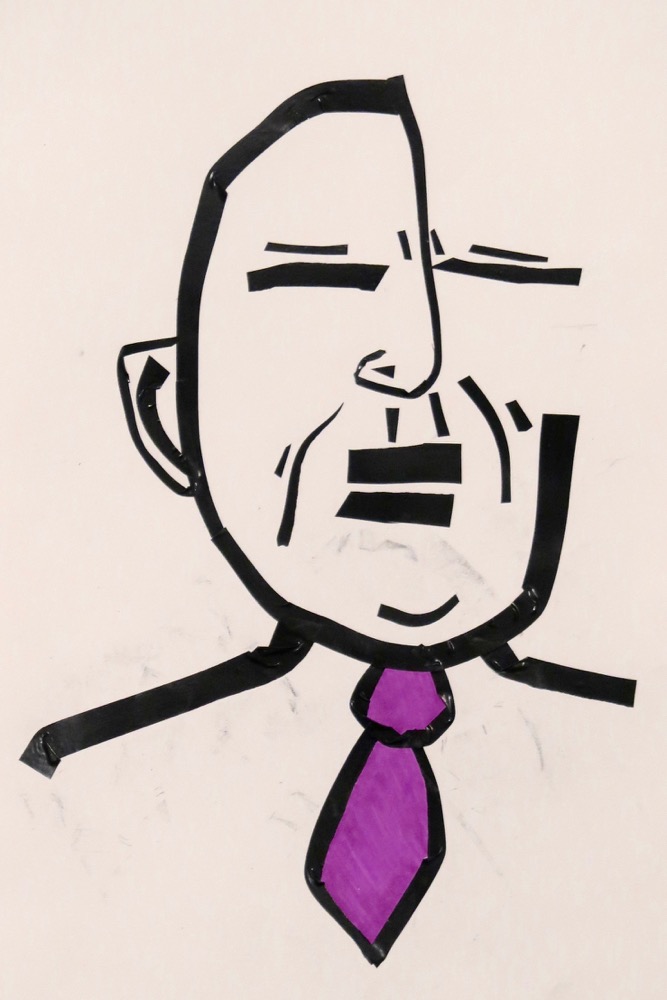
See all resources by Melissa here: Melissa Pierce Murray
